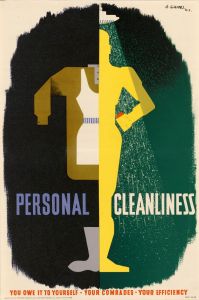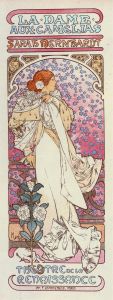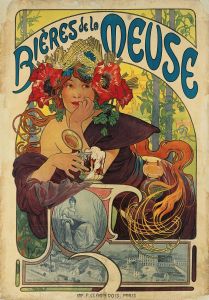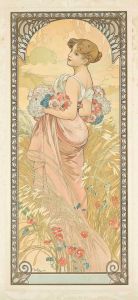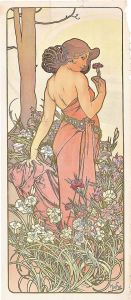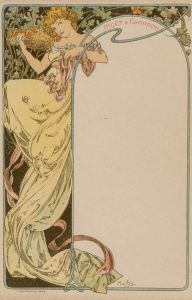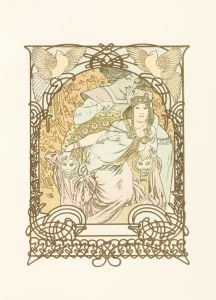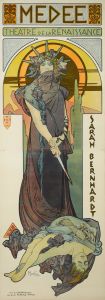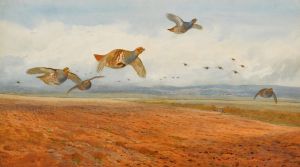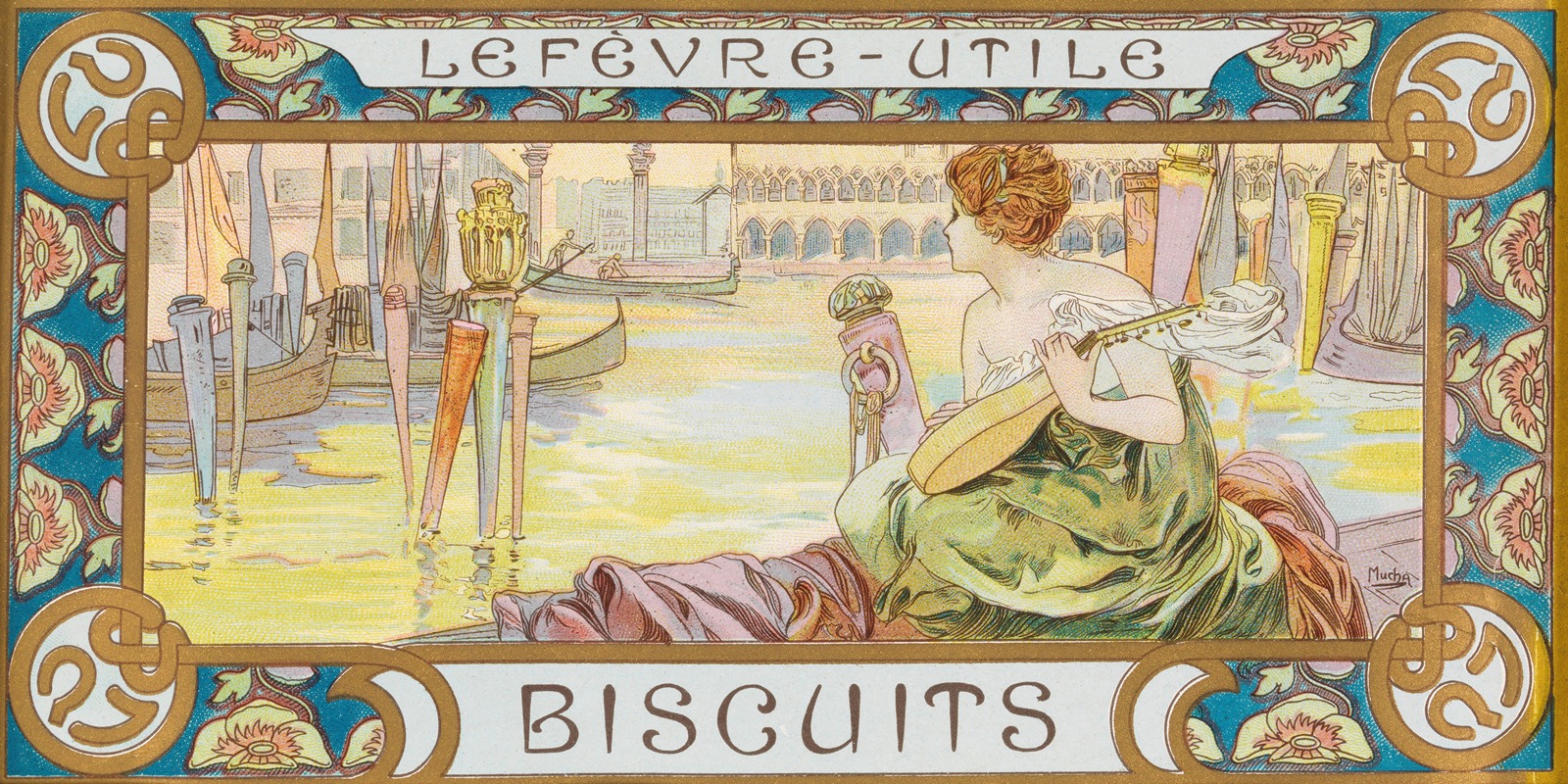
Design for a box of Lefèvre-Utile biscuits
A hand-painted replica of Alphonse Mucha’s masterpiece Design for a box of Lefèvre-Utile biscuits, meticulously crafted by professional artists to capture the true essence of the original. Each piece is created with museum-quality canvas and rare mineral pigments, carefully painted by experienced artists with delicate brushstrokes and rich, layered colors to perfectly recreate the texture of the original artwork. Unlike machine-printed reproductions, this hand-painted version brings the painting to life, infused with the artist’s emotions and skill in every stroke. Whether for personal collection or home decoration, it instantly elevates the artistic atmosphere of any space.
Alphonse Mucha, a renowned Czech artist, is celebrated for his distinctive style that became synonymous with the Art Nouveau movement. Among his many works, the design for a box of Lefèvre-Utile biscuits stands out as a notable example of his commercial art. Lefèvre-Utile, a French biscuit company founded in 1846, became famous for its innovative marketing and packaging, often collaborating with prominent artists to create visually appealing designs that would attract consumers.
Mucha's design for Lefèvre-Utile is a quintessential representation of his artistic style, characterized by elegant lines, intricate patterns, and a harmonious blend of colors. The artwork typically features a central female figure, a common motif in Mucha's work, symbolizing beauty and grace. This figure is often surrounded by ornate floral and natural elements, which are hallmarks of the Art Nouveau aesthetic. Mucha's use of soft, flowing lines and pastel colors creates a sense of movement and vitality, drawing the viewer's eye across the entire composition.
The collaboration between Mucha and Lefèvre-Utile was part of a broader trend during the late 19th and early 20th centuries, where companies sought to elevate their brand image through art. By commissioning artists like Mucha, Lefèvre-Utile not only enhanced the visual appeal of their products but also associated their brand with the sophistication and elegance of the Art Nouveau movement. This strategy proved successful, as the beautifully designed packaging became a key selling point, attracting consumers who appreciated both the quality of the biscuits and the artistry of the packaging.
Mucha's work for Lefèvre-Utile is also significant in the context of his broader career. While he is best known for his posters and decorative panels, his commercial work, including designs for packaging and advertisements, played a crucial role in popularizing the Art Nouveau style. These commercial projects allowed Mucha to reach a wider audience, as his designs were reproduced and distributed on a large scale, making his art accessible to the general public.
In addition to its artistic value, Mucha's design for Lefèvre-Utile reflects the cultural and economic dynamics of the time. The late 19th century was a period of rapid industrialization and urbanization, leading to increased consumerism and the rise of mass-produced goods. Companies like Lefèvre-Utile capitalized on these trends by investing in high-quality design to differentiate their products in a competitive market. Mucha's work exemplifies how art and commerce intersected during this era, with artists playing a key role in shaping consumer culture.
Overall, Alphonse Mucha's design for a box of Lefèvre-Utile biscuits is a testament to his artistic talent and the enduring appeal of the Art Nouveau style. It highlights the importance of visual art in commercial contexts and underscores the impact of Mucha's work on both the art world and the consumer market. Through his collaboration with Lefèvre-Utile, Mucha not only contributed to the success of the brand but also left a lasting legacy that continues to be celebrated in the history of art and design.





